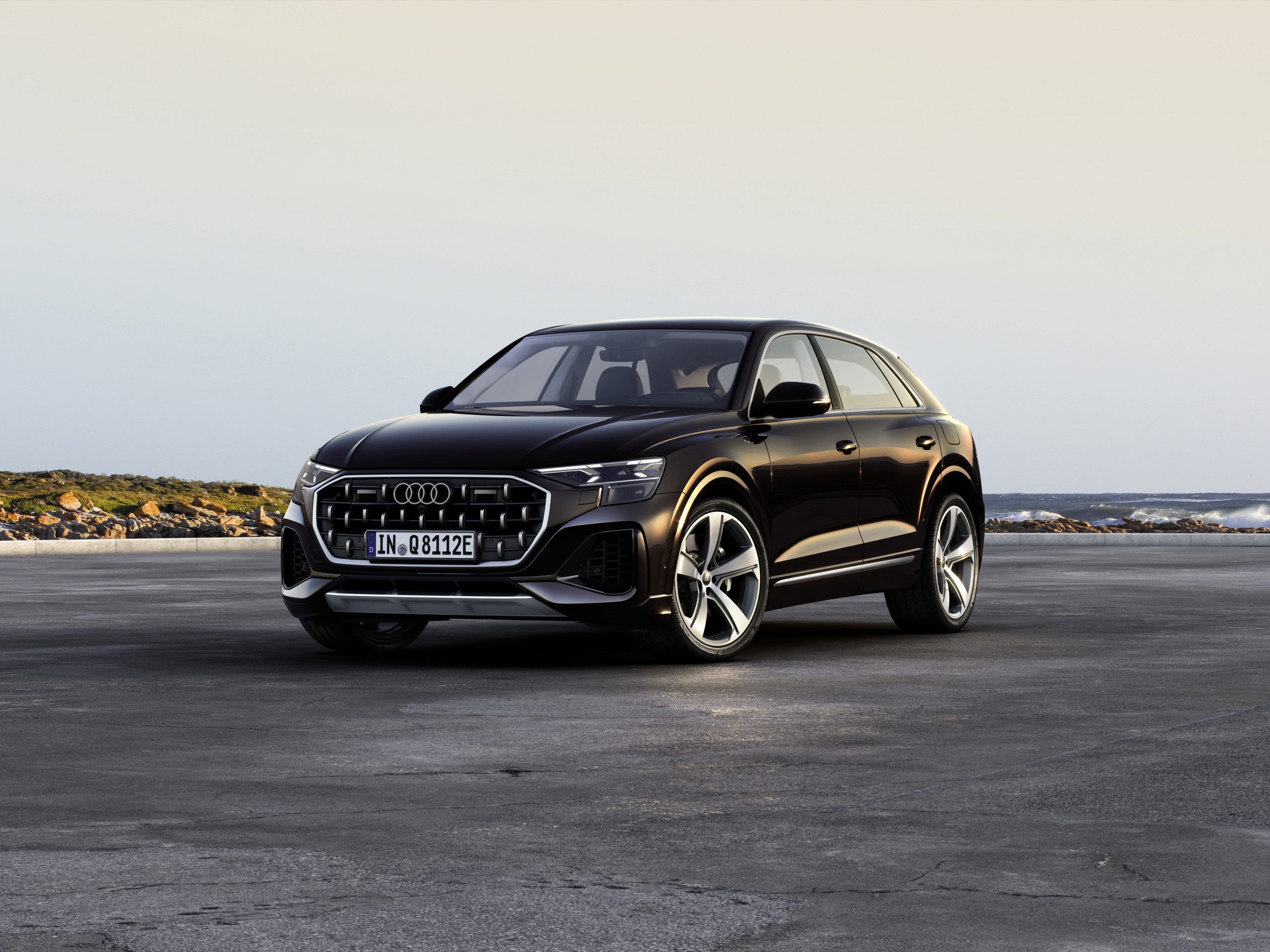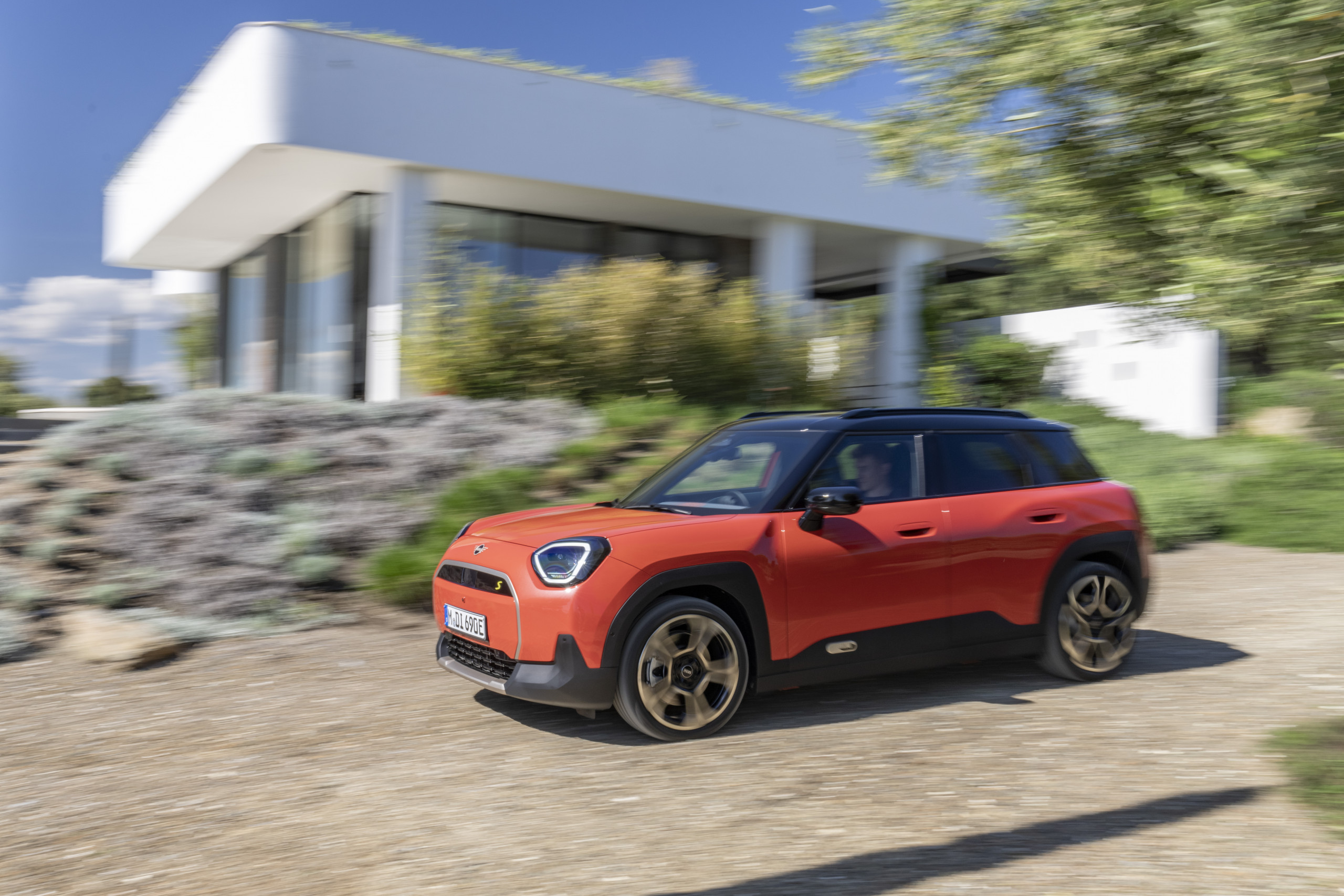The new 992-gen Porsche 911 GT3RS breaks cover
An obsession with aerodynamics and numerous firsts comprise the highlights of this new ‘track weapon’
The GT3RS is what one gets upon leaving the most mental Porsche engineers stranded on a racetrack with a 911 and no rule book. Throughout the years, the GT3RS’ were considered a personification of the term ‘track weapon’, and one look at the new 992-gen GT3RS would tell you that Porsche may have switched from basic freefall bombs to precision laser-guided missiles. Behold, the most hardcore Porsche 911 GT3RS ever.
While the aerodynamic slashes and additional elements should indicate its motorsport-derived pedigree, the massive swan-neck supported rear wing steals the show. The wing’s showstopper attributes extend further as its upper-edge pips over the car’s roof in height, a first in a production Porsche. The imposing wing design can be segregated between a fixed main wing and an upper hydraulically adjustable wing element. The latter allows Porsche to integrate Drag Reduction System (DRS) in the new GT3RS, another Porsche production vehicle first.
Like F1’s DRS, the GT3RS’ wing can be flattened out or utilised as an airbrake at high speeds. The wing’s aerodynamic prowess gets aided by additional aerodynamic elements found across the front and rear fenders directing air to the side of the car, making the GT3RS more slipper through the air. Both combined can provide 409kgs worth of downforce at 200 km/h. In comparison, the new 992-gen GT3RS generates twice as much downforce as the previous 991.2-gen GT3RS and three times as much as the current 911 GT3.
The aerodynamic obsession continues within the suspension setup as well. Even with the additional inlets behind the front wheels, the wheel arches will be subjected to powerful airflow. Hence, the components of the double-wishbone front axle are designed with teardrop-shaped profiles, a high-end motorsport application that increases downforce on the front axle.
Lightweight construction has been the mantra for all Porsche RS models since the legendary 911 Carrera RS 2.7, and the new GT3RS is no different. Major portions of the car, including the doors, front wings, roof and front lid, and bucket seats, have been carved in carbon fibre to keep the 992-gen GT3RS’ weight at a paltry 1,450 kilos. That’s almost the same weight as a city hatchback but about four times the relative horsepower output.
Powering the new GT3RS is the same 4.0-litre flat-six naturally aspirated engine found in the GT3 variant but with slightly updated output figures. Courtesy of new camshafts with modified cam profiles, power sees a slight bump to 517hp. Porsche’s famed seven-speed Porsche Doppelkupplung (PDK) gearbox also finds its way in the GT3RS, but with shorter overall ratios and air intakes on the underbody to keep it cool for excessive track usage. The powertrain combination allows the new 911 GT3RS to make the 0-100kph sprint in 3.2secs while topping out at 296kph. Porsche has even upgraded the brakes to larger and thicker dimensions, but a more hardcore carbon ceramic brake setup is also available as an optional extra.
The cabin is a typical Porsche RS affair with black leather, Racetex and a carbon-weave finish on the interior components. However, customers can opt for Clubsport or Weissach packages at no additional cost. While the former installs a steel rollover bar, a hand-held fire extinguisher and six-point seat belts for the driver, the latter embeds far more carbon-fibre carved mechanical components for added performance.
Lastly, all Porsche 911 GT3RS owners can also avail themselves of an exclusive Porsche Design Chronograph wristwatch. It features ‘Start/Stop’ and ‘Next Lap’ laser engravings that flaunt the user’s racing passion.
Porsche has priced the 992-gen 911 GT3RS at $223,800, making it significantly more expensive than the standard GT3, which starts at $169,700. In India, the same car has its price spiked up to INR 3.24 crores, courtesy of our colossal tax structure.
Recommend0 recommendationsPublished in Cars, News




























